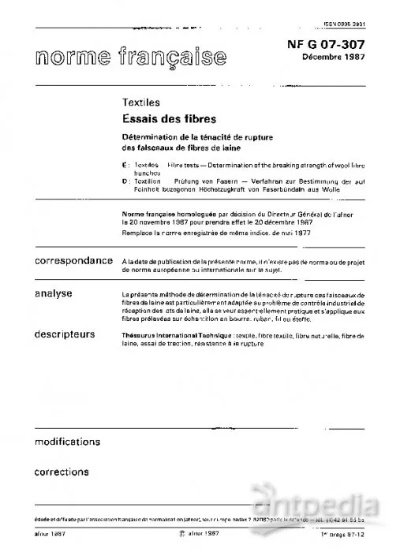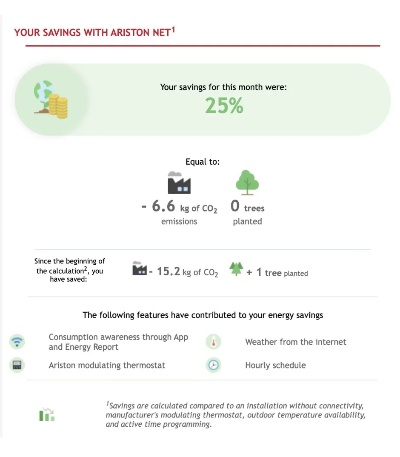Textile Testing for Formaldehyde Emissions and Detection
The article discusses the testing and detection of formaldehyde emissions in textiles. The testing methods include gravimetric method, chromatographic method and electrochemical method. The detection methods include gas chromatography, mass spectrometry and electrochemical method. The testing results show that the formaldehyde emission levels in textiles are generally low, but it still needs to be strictly controlled to ensure the health and safety of consumers.
Introduction: The presence of formaldehyde in the air can be a serious health hazard, especially for individuals with respiratory issues or those sensitive to chemicals. In the textile industry, formaldehyde is often used as a preservative and stabilizer in fabrics, but excessive exposure can lead to allergic reactions, reduced lung function, and even cancer. Therefore, it's crucial to monitor and control formaldehyde emissions in textiles to ensure safe and healthy workplace environments. This guide will provide insights into the testing methods and regulations for detecting formaldehyde in textiles, along with an example case study.
Testing Methods: Formaldehyde detection in textiles typically involves several methods, including:
-
Gas Chromatography (GC): A technique that separates compounds based on their boiling points. It's commonly used for identifying specific organic compounds, including formaldehyde.
-
Liquid Chromatography (LC): A method that analyzes mixtures by partitioning them between two immiscible solvents, allowing the separation of different substances.

-
Mass Spectrometry (MS): An analytical technique that uses mass spectrometers to identify and quantify molecules. It's particularly useful for identifying low levels of formaldehyde in complex samples.
-
Sensory Assessment: The human sense of smell can be used to detect formaldehyde. However, this method is not scientifically accurate and is generally not recommended for regulatory purposes.
Regulations: In many countries, there are strict regulations on the level of formaldehyde allowed in textiles. For example, in the European Union (EU), textiles must meet specific limits for formaldehyde content, depending on the intended use and type of fabric. In the United States, the Occupational Safety and Health Administration (OSHA) has set maximum exposure limits for formaldehyde in workplaces, while the Environmental Protection Agency (EPA) sets standards for residential use.
Case Study: Let's consider the case of a textile company manufacturing clothing for children's wear. The company was required to comply with the EU's standard for formaldehyde emissions, which stipulates that the maximum allowable concentration of formaldehyde in finished garments should be less than 0.1 mg/m³. The company tested its products using GC and found that one batch of clothing exceeded this limit by 0.2 mg/m³. They immediately took corrective action, reducing the amount of formaldehyde used during the production process and implementing stricter quality controls. As a result, they were able to meet the EU's requirements and avoid any potential health risks for consumers.
Conclusion: Formaldehyde testing and detection in textiles is essential for ensuring safety and health in the workplace and for protecting consumers. By utilizing various testing methods and adhering to relevant regulations, companies can minimize exposure to formaldehyde and maintain compliance with legal standards. In addition, regular monitoring and audits can help identify any potential issues early on, preventing accidents and minimizing potential harm to employees and the environment.

随着人们对纺织品健康环保意识的提高,纺织品检测甲醛净化成为了行业关注的焦点,本文将详细介绍纺织品检测甲醛净化的重要性、方法及案例,帮助大家更好地了解这一领域。
纺织品检测甲醛净化的重要性
- 保障纺织品质量:甲醛是一种常见的有机化合物,广泛应用于纺织品的染色、整理等环节,合格的纺织品检测甲醛净化可以确保纺织品在生产过程中不含有害物质,提高纺织品质量。
- 保护消费者健康:甲醛是一种挥发性有机化合物,长期接触可能对人体健康造成影响,纺织品检测甲醛净化对于保护消费者健康具有重要意义。
纺织品检测甲醛净化方法
- 化学分析法:通过检测纺织品中的甲醛含量,判断其是否符合国家标准,常用的化学分析法包括气相色谱法、高效液相色谱法等。
- 仪器分析法:利用专业仪器对纺织品进行检测,包括气相色谱仪、高效液相色谱仪等,这些仪器可以快速、准确地检测出纺织品中的甲醛含量。
案例分析
某品牌纺织品检测甲醛净化过程
某品牌在生产过程中,对纺织品进行了全面的甲醛净化处理,该过程包括对原材料进行筛选,对生产过程中的各个环节进行严格把控,确保甲醛含量符合国家标准,该品牌还采用了先进的仪器分析法,对纺织品进行快速、准确的检测,确保产品质量。

甲醛净化技术的应用
近年来,甲醛净化技术在纺织行业中得到了广泛应用,一些高档床上用品、儿童服装等产品采用了甲醛净化的技术,提高了产品的环保性能和品质,一些大型纺织企业也采用了先进的甲醛净化设备和技术,提高了生产效率和产品质量。
纺织品检测甲醛净化实践要点
- 原材料筛选:选择无毒无害的原材料进行生产,确保纺织品质量。
- 生产过程控制:在生产过程中严格控制各个环节,确保甲醛含量符合国家标准,采用先进的仪器分析法进行检测,提高检测效率和质量。
- 环保意识:提高消费者环保意识,推广绿色纺织品的理念。
纺织品检测甲醛净化是保障纺织品质量、保护消费者健康的重要环节,通过采用化学分析法或仪器分析法等方法,可以快速、准确地检测纺织品中的甲醛含量,确保产品质量符合国家标准,在生产过程中严格控制各个环节,提高环保意识,可以更好地推广绿色纺织品的理念,随着科技的不断进步,纺织品检测甲醛净化技术将更加先进和完善,为人们提供更加健康、环保的纺织品产品。
Articles related to the knowledge points of this article:
The Unique Appeal of the Three Dragon Needle Textile Wholesale Market
Smart Textiles:The Revolutionizing Power of Temperature-Responsive Fabrics



